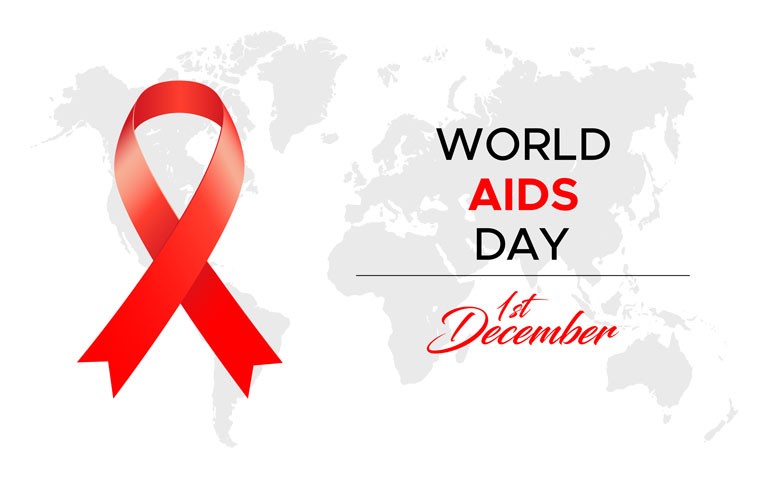World AIDS Day is held every year on 1 December, and in 2021 the key theme is to both end inequality and the virus itself
A key theme of World AIDS Day 2021 is a call to end the division, disparity and disregard for human rights which has become associated with HIV infection. Acquired immunodeficiency syndrome (AIDS) was first recognised as a new disease in 1981 when a number of homosexual men succumbed to unusual opportunistic infections and rare malignancies.
It was later identified that these cases were due to infection with the human immunodeficiency virus type 1 (HIV-1) which is spread via sexual transmission through the lower genital and rectal mucosa, and it is these routes of infection that account for the vast majority of current and new infections. HIV targets the immune system, weakening an individual’s defence against many infections and as the virus both destroys and impairs the functionality of immune cells, those infected with the virus gradually become immunodeficient.
Although antiretroviral therapy (ART) has been available for many years and while the treatment is not curative, it does provide longer lives for patients and reduce HIV transmission. However, to date, there is still no effective vaccine but this might change as a trial is about to begin at Oxford University.
Despite the advances in treatment provided by ART, the HIV virus continues to represent a global major health challenge. According to the World Health Organization (WHO), the virus has already claimed 36.3 million [27.2–47.8 million] lives and WHO estimates that in 2020, there were 37.7 million [30.2–45.1 million] people living with HIV, of whom, over two thirds (25.4 million) reside in the African Region.
In order to access ART and associated counselling services for those with HIV, it is imperative to have equality of access to HIV testing, especially in areas of African, where the virus affects a huge number of people. Sadly however, a 2020 analysis from 16 countries in sub-Saharan Africa, revealed that while relative socioeconomic inequalities in uptake of HIV testing in the region have decreased to some extent, absolute inequalities have persisted or increased.
Other data have been equally pessimistic. The Start Free, Stay Free, AIDS Free initiative which began in 2015 and has a five-year framework which called for a super Fast-Track approach to ensure that every child has an HIV-free beginning, that they stay HIV-free through adolescence and that every child and adolescent living with HIV has access to antiretroviral therapy.
The approach focused on 23 countries, 21 of which were in Africa, that accounted for 83% of the global number of pregnant women living with HIV, 80% of children living with HIV and 78% of young women aged 15–24 years newly infected with HIV. The group’s most recent report from 2020 provides additional evidence of the current inequalities of access among those with HIV, revealing how nearly half (46%) of the world’s 1.7 million children living with HIV were not on treatment in 2020 and 150,000 children were newly infected with HIV, which is four times more than the 2020 target of 40,000.
Despite having being discovered over 30 years ago, and with treatments that enable infected individuals to live a virtually normal life, HIV is still very much a global health concern. Given the current enormous and global effort directed towards fighting COVID-19, it is hoped that the 2021 World AIDS Day call can gather an equal amount of energy in both reducing the inequality of access to testing and treatment as well as ending HIV.










